Our composition depicts the famous biblical episode in which the Roman prefect Pontius Pilate presents Jesus, after having him beaten, to the Jewish people, pronouncing the words "Ecce homo" (behold the Man). Our painter offers the viewer a colorful and agitated crowd painted with meticulous care. Each character displays a particular expression and makes a gesture indicating the center of the scene. The gaze is thus turned towards Jesus, who is dressed in a simple perizonium tied at the waist. The one whom the priests of the Temple accuse of imposture, and whose preaching upsets the established order in the Roman province of Judea, is brought to the steps of a palace to receive the sentence prefigured by the cross held by a man in a blood-red costume. The palace serving as a backdrop occupies a prominent place in the composition, symbolizing the power of the Empire.
Our painter chose to highlight the figures who embody authority - whether civil, military, or spiritual - by using gold paint. Thus, Christ is radiated with gold, Pilate's costume (to Jesus' right) and a priest's chasuble (on the right from behind) are embroidered in gold, and the warrior statue on the left (probably Mars, god of war) is entirely mounted in gold.
In conclusion, the artist who painted our picture accomplished many feats: he changed the scale of the subject from 11.8 x 22.7 cm for Callot's engraving to 34 x 48.5 cm for our painting, he modified its proportions, he brought to life a host of small, expressive figures with surgical precision, and he introduced color by playing with his symbols. All of these considerations give our painting great technical and artistic interest.
The painting is elegantly set in a molded frame with an inverted profile in blackened wood from the period.
Dimensions: 34 x 48.5 cm - 47 x 61.5 cm with the frame
Sold with invoice and certificate of expertise.
Biography: Born into a family of Lorraine goldsmiths, Jacques Callot (Nancy, March 1592 – Id, March 25, 1635) began his apprenticeship in this artisan milieu before discovering the art of copper engraving in Rome in 1610. Arriving in Florence in 1612, he developed new techniques that would have a lasting impact on the history of engraving. Returning to Nancy after the death of Cosimo II de Medici, he became an engraver at the court of the Dukes of Lorraine. The Thirty Years' War, which was ravaging Europe at the time, inspired his series on The Miseries of War, which made him famous among the greatest princes. Thus, the Infanta Isabella of Austria and Louis XIII commissioned him with important works to immortalize their military victories. At his death, he left behind an immense body of work of nearly 1,400 compositions, which made him one of the most copied and widely distributed artists of his time.
Bibliography:
- BERSIER, Jean-E., Engraving: Processes, History, 4th ed., Paris, Berger-Levrault, 1984.
- Jacques Callot 1592-1635, Paulette Choné (dir.), (exhibit cat. Nancy, Lorraine Historical Museum, June 13 - September 14, 1992), Paris, Réunion des musées nationaux, 1992.
- LIEURE, Jules, Catalogue raisonné of the engraved work, two volumes, San Francisco, Alan Wofsy fine arts, 1989, 1st ed. 1929.
- SADOUL, Georges, Jacques Callot, Mirror of his time, Paris, Gallimard, 1969.


























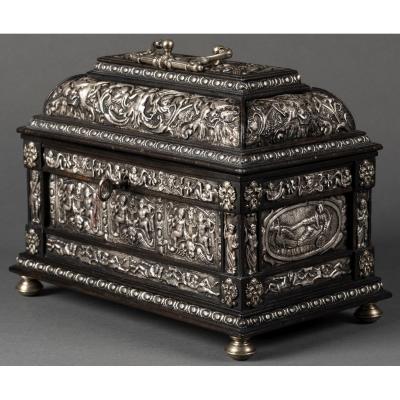


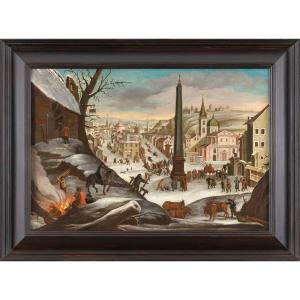
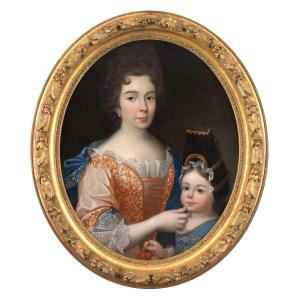
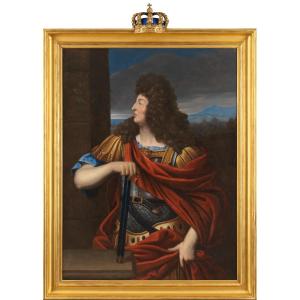
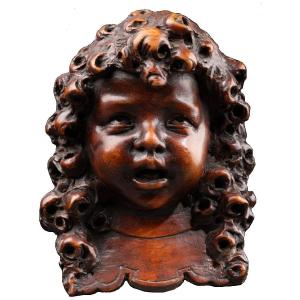


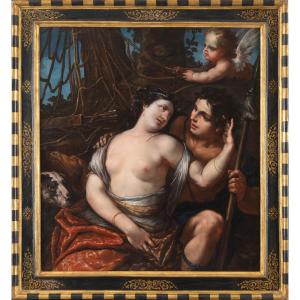

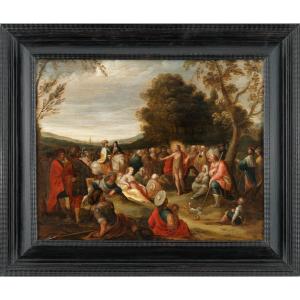

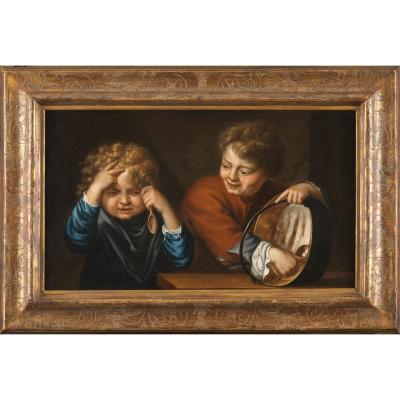


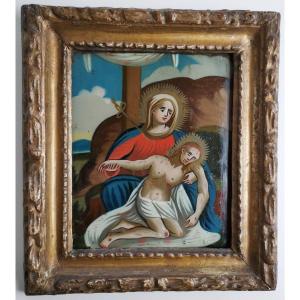

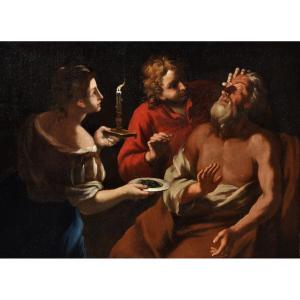




 Le Magazine de PROANTIC
Le Magazine de PROANTIC TRÉSORS Magazine
TRÉSORS Magazine Rivista Artiquariato
Rivista Artiquariato